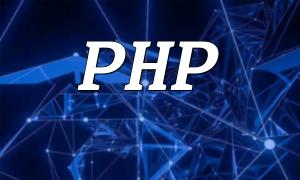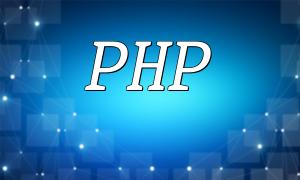For PHP developers, PHP code injection vulnerabilities (Code Injection) are a common and dangerous type of attack. Attackers can inject malicious code into user inputs, which allows them to gain control over the server, jeopardizing the security of the website. To effectively defend against this vulnerability, developers must adopt a series of protective measures. This article introduces several common PHP code injection defense methods to help you improve website security.
Input filtering is the first line of defense against PHP code injection vulnerabilities. By filtering user input data, we can effectively prevent malicious code injection. Below is a simple example of an input filtering function:
function filter_input($input) {
$input = trim($input); // Remove leading and trailing spaces
$input = stripslashes($input); // Remove backslashes
$input = htmlspecialchars($input); // Convert special characters to HTML entities
// Additional filtering functions can be added as needed
return $input;
}
In this example, we use the `trim()` function to remove spaces, the `stripslashes()` function to remove backslashes, and the `htmlspecialchars()` function to convert special characters into HTML entities. These filtering processes can effectively prevent most common code injection attacks.
Another common PHP code injection vulnerability is through constructing malicious SQL queries. To prevent this type of vulnerability, developers should use prepared statements for database queries. Below is an example using PDO to prepare database queries:
$conn = new PDO("mysql:host=localhost;dbname=myDB", $username, $password);
$stmt = $conn->prepare("SELECT * FROM users WHERE username = :username");
$stmt->bindParam(':username', $username);
$stmt->execute();
In this example, we use parameterized queries and bind user input values to the SQL query. This prevents SQL injection attacks by treating input values as data, rather than executable commands, thus enhancing security.
In addition to filtering user inputs and using prepared statements, developers should also validate and limit user input. Validation ensures that the input is valid, and limiting prevents excessively long or invalid data. Below is a simple example:
if (isset($_POST['username']) && isset($_POST['password'])) {
$username = filter_input($_POST['username']);
$password = filter_input($_POST['password']);
// Validate the length of username and password
if (strlen($username) < 6 || strlen($username) > 20) {
echo 'Invalid username length';
exit;
}
if (strlen($password) < 8 || strlen($password) > 20) {
echo 'Invalid password length';
exit;
}
// Execute login logic
// ...
}
In this example, we use the `strlen()` function to validate the length of the username and password, and limit their length to between 6 and 20 characters. This prevents users from entering malicious data that is too short or too long.
PHP code injection vulnerabilities are a common and serious security threat. However, by applying methods such as input filtering, database query preprocessing, and validating and limiting user inputs, developers can effectively defend against such attacks. While these techniques can significantly improve security, developers should continue learning and updating their security knowledge to stay ahead of new threats and adopt the best security practices to protect websites and user data.









